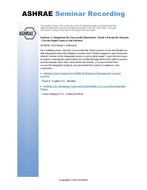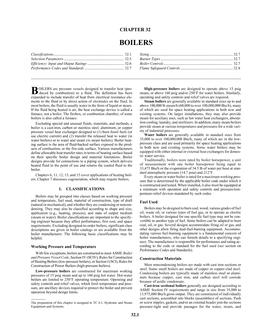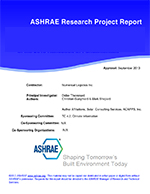This paper details a methodology to model half-hourly electricity price profiles for the UK commercial end-users; thus allowing consumers to visualize and calculate more accurately the cost of the electricity they consume. The methodology consists in a bottom-up model that defines individually all the tariff components of the bill and then aggregates them to quantify the cost of a kWh across the day. In this work ,’representative day’ electricity price curves for different months, day types, voltage levels connections, and regions in the UK from 2015 up to 2020 are presented. Outputs from this work can inform companies to better understand their energy costs and accurately perform economic assessments of investments in schemes that reduce emissions and aim towards reaching net zero energy buildings. In addition, the disaggregated structure of the model allows specific analysis of individual components thus highlighting which elements carry a larger weight on costs across the year; such as network charges originated from distribution and transmission system operators. Due to its multi-variable dependency, the model produces more than 5,000 representative day curves. The results show that those commercial buildings connected to Low Voltage (LV) in North Wales and Merseyside, Northern Scotland, the South West and South Wales face the highest average electricity prices, whereas consumers connected to HV in London and Yorkshire have the cheapest electricity in the UK.
Citation: 2017 Annual Conference, Long Beach, CA, Conference Papers
Product Details
- Published:
- 2017
- Number of Pages:
- 8
- Units of Measure:
- Dual
- File Size:
- 1 file , 1.4 MB
- Product Code(s):
- D-LB-17-C034


